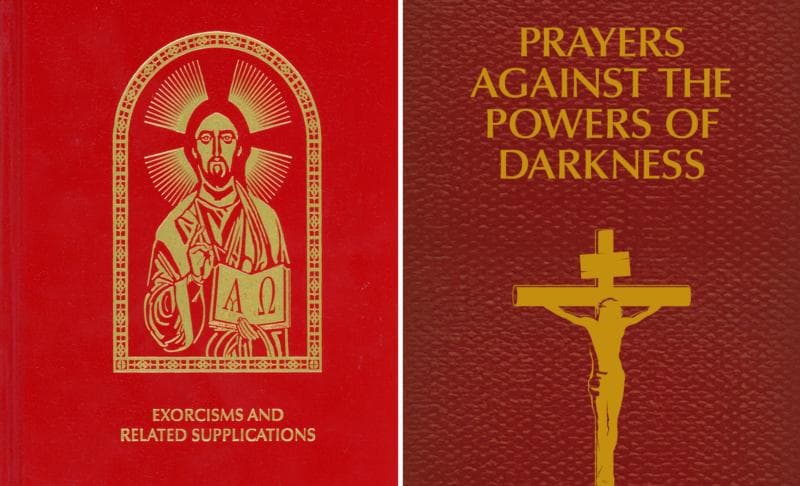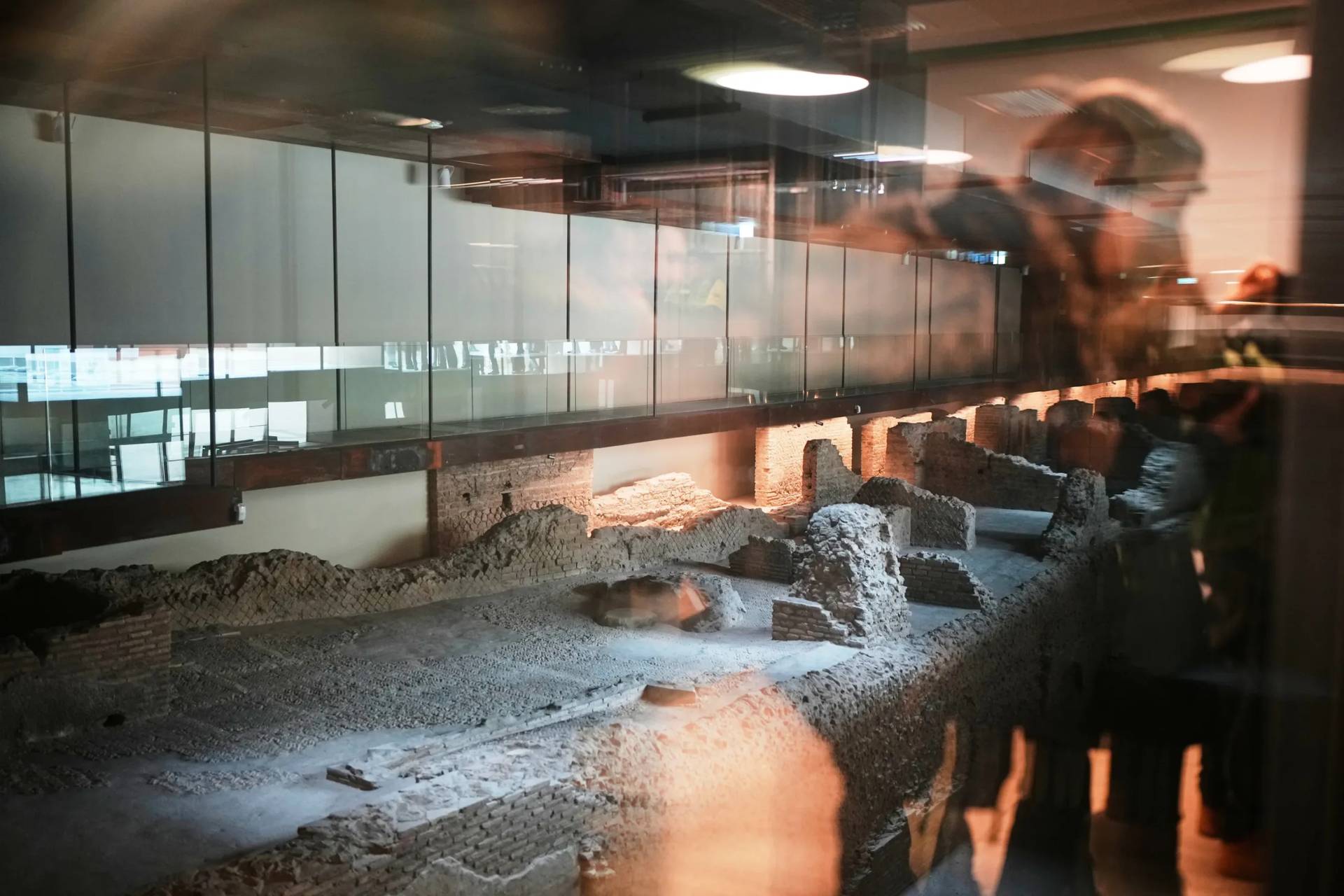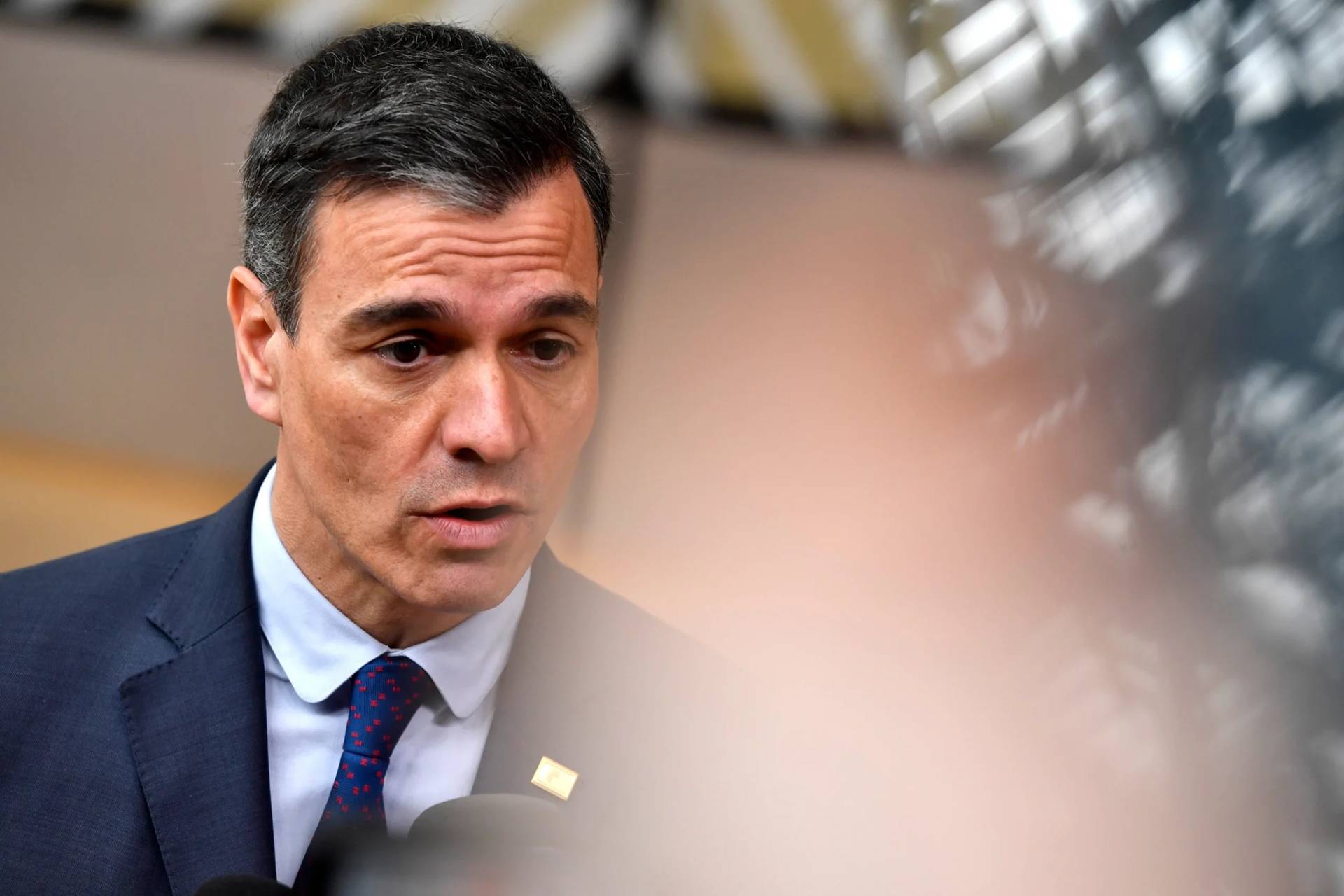ROME – A Vatican-recognized group of exorcists has issued a new handbook for practitioners of the Church’s ritual to combat demonic possession, among other things insisting that authority to perform exorcisms belongs exclusively to priests assigned by their diocesan bishop and no one else.
According to figures from the group, the move comes in response to a perception that there are too many rogue operators, both clerical and lay, who claim to perform exorcisms but who aren’t authorized to do so.
The handbook, or vademecum, was published in May in Italian and is edited by the International Association of Exorcists, a body founded in 1990 by a group of six priests, including Italian Father Gabriele Amorth, who served from 1986 until his death in 2016 as an exorcist for the Diocese of Rome, and who once said he’d performed over 50,000 exorcisms during the course of his career.
The association was recognized by the Vatican’s Congregation for Clergy in 2014. The majority of its members are in Italy.
The title of the vademecum is, “Guidelines for the Ministry of Exorcism: In the Light of the Current Ritual.” Originally it was an internal document only for members of the association, but it’s now being offered to the public by the Italian publisher Edizioni Messaggero Padova.
According to a statement issued by the International Association of Exorcists, while the guidelines are not an official Church document, the contents were reviewed by Vatican departments prior to publication. The decision to make the guidelines public, according to the statement, was motivated by a desire to “bring order to the questions about diabolic action and liberation from it, in order to avoid falling into dangerous deceptions and illusions.”
As part of its insistence that only priests with a specific mandate from their bishop may perform exorcisms, the text provides theological arguments as to why it’s the power of Christ channeled through the Church, and not “more potent exorcistic formula or the individual ‘powers’ of a priest” that determine the efficacy of the ritual.
The guidelines offer three reasons as to why the ministry of exorcism is limited to priests specifically designated for the task:
- Only priests possess a mandate from the Church to “command demons in the name of God to recede, no longer to harm human creatures for any reason.”
- The ministry of exorcism isn’t just about the recitation of prayers, but “discernment and accompaniment of faithful tormented by the devil,” pastoral tasks which “occupy a very important and essential place.”
- If a bishop names an exorcist, he also has a responsibility to make sure that priest has a “specific preparation that renders him more suited than anyone else to discernment of extraordinary diabolic action.”
The guidelines warn that unauthorized priests and laity who attempt to perform exorcisms without authorization actually may open the door to further demonic influence over the people they’re trying to help. They also insist that a legitimate exorcist empowered by the Church must not request any payment for his services.
The bulk of the text is devoted to guidelines for discerning general psychological or emotional difficulties from the specific influence of demonic powers.
“Often, facing the difficulties of life, some may conclude that ‘everything has gone wrong’ because ‘someone is doing something’,” the text warns. “This could be just an alibi that distracts [the person] from the most important teachings.”
The guidelines also cite particular behaviors which may become the occasion for demonic influence over people, including superstition and the practice of witchcraft.
Issuance of the guidelines follows several years of mounting concern over what one member of the International Association of Exorcists described in 2017 as “do-it-yourself” exorcisms, which sometimes have been associated with instances of sexual abuse. In that 2017 gathering, members pointed to a case in Palermo in which a priest not authorized to perform exorcisms nonetheless offered them to local women claiming to be possessed and has been accused of abusing them sexually in the process, including, in some instances, minor girls.
That discussion unfolded in the wake of a popular Italian documentary called Liberarmi (translated for English release as “Deliver Us”), which featured a popular Sicilian exorcist named Father Cataldo Migliazzo. The film documented a rising global interest in exorcism, and also raised questions about church efforts to exercise oversight of the practice.
















